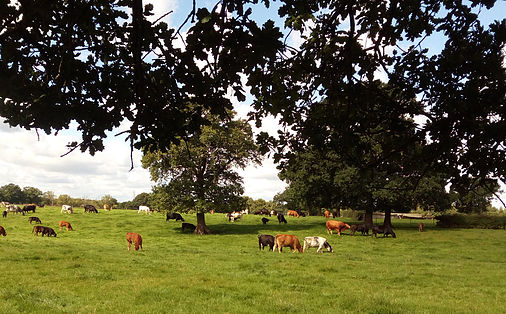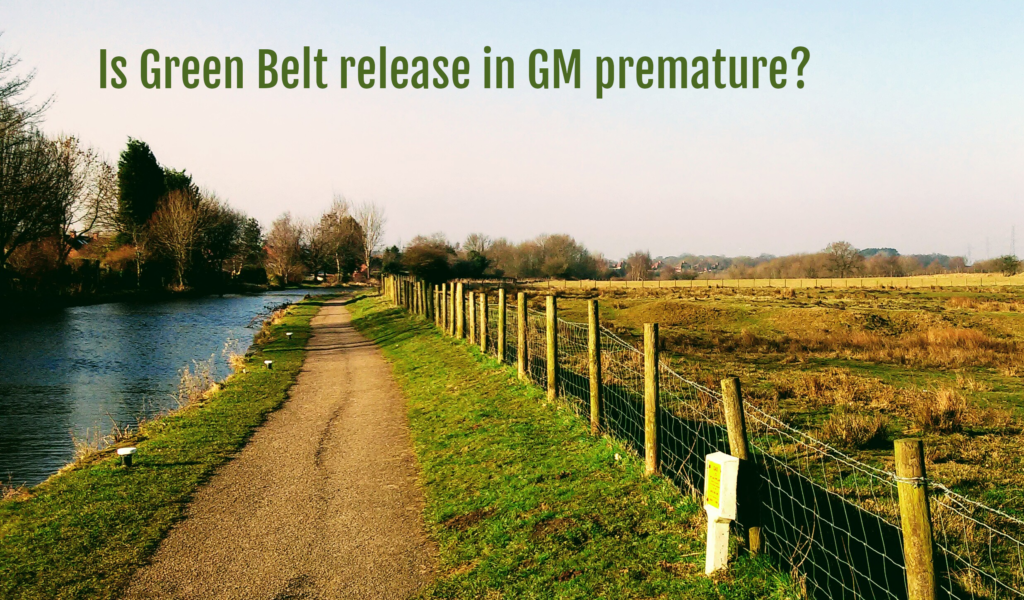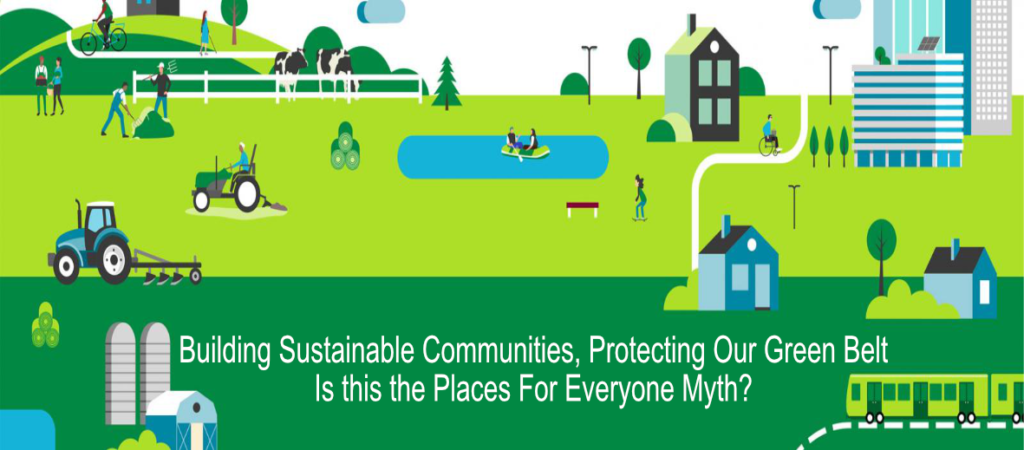Confusing Green Belt messages from our politicians!
Communities are delighted that the Conservative Party continues to pledge to retain the Green Belt, despite Sir Keir Starmer’s recent vow to concrete it over!
But …….
That pledge does not secure actual protection for our Green Belt.
Despite the National Planning Policy Framework (NPPF) paragraphs 140 and 141 suggesting that ONLY WHEN “exceptional circumstances” are “fully evidenced and justified”, together with a demonstration that “all other reasonable options” have been considered, can Green Belt boundaries be amended, frequent approvals of Green Belt developments occur (including in our region). Clearly those “exceptional circumstances” are not a hard test to meet!
Our members are campaigning to protect Green Belt sites, many of which comprise irreplaceable habitats (peat moss), Grade 1, 2 or 3 agricultural land, woodlands and wetland habitats. Our politicians are unnecessarily putting them under threat of development and the current environmental protections are just not robust enough, with the requirement to make “as much use as possible of suitable brownfield sites and underutilised land” (paragraph 141) a mythical aspiration rather than an objective of the NPPF!
Just one example of those poor environmental protections is the risk to Greater Manchester’s peat mosses (many of which are allocated for significant development in the Places for Everyone Plan).
The Government is taking a very slow pathway to protect peatland soils, despite the increasing recognition of the ecosystem services peat provides. Since 2009, there has been a commitment to Safeguarding our Soils, recognising that soils play a huge role in the fight against climate change (and helping us manage its impacts). In the 2011 Defra Natural Environment White Paper, the Government recognised the natural capital asset of soils. The 25 Year Environment Plan (published in 2018) restates the aspiration to manage our soils sustainably by 2030, including improving soil health and restoring and protecting our peatlands. More recently, the England Peat Action Plan (2021) sets out the Government’s vision to reverse the decline of our peatmosses. The aim is to prevent further loss of peatland habitats, to restore more peatland landscapes and the document recognises that rewetting peatland areas and returning them to their natural state could make a significant contribution to achieving our targets for reducing carbon emissions, as well as having other benefits for water quality, nature and flood mitigation.
Yet, there is still no moratorium on builds on peat mosses and no commitment to change in the recent NPPF consultation.
Even though there is no actual NEED to release Green Belt and build on these precious, irreplaceable habitats, and, despite interventions from Natural England (which have been summarily dismissed by the GMCA) and every district declaring a climate emergency, some of Greater Manchester’s most important natural capital assets are at risk of destruction!
What about Sir Keir Starmer’s commentary?
The Labour Party position is not a surprise to those of us based in Greater Manchester. The Save Greater Manchester’s Green Belt Group wrote to Sir Keir in January 2023, copying members of his Shadow Cabinet, GM’s Labour Mayor and Labour MPs (you can read our letter at this link). To date, we have received no acknowledgement nor a reply from any of the recipients. Clearly engagement with communities is not a priority for them.
In fact, as a member of a recent Question Time panel (27th April), Lisa Nandy confirmed (in a discussion about housing), that the Labour Party are working with developers, investors, Councils and planning authorities. She made no mention of working with communities.
In this Times article Sir Keir says “Labour would give councils and residents more power to build on green belt land to meet local housing need”. He continues “It’s important for local areas to have the power to decide where housing is going to be”.
In fact, as mentioned above, Local Authorities are already able to make changes to, or build on, land designated as Green Belt. Conversely, residents have NO power within the planning ecosystem – the power follows the money, of course!
Sir Keir suggests (in this Guardian article) that the Green Belt “should be built on “where appropriate” to make housing more affordable”, yet there are many articles which confirm that house prices are not impacted by building more homes (and certainly not by building them on Green Belt), including this one, in which Bank of England researchers suggest that high house prices are determined by finance, not supply and demand.
Research by CPRE highlights that only 1 in 10 homes on the Green Belt are classed as affordable (using the current NPPF definition). The same report suggests that the density of homes built on the Green Belt land has remained at just 14 dwellings per hectare. This is a quarter the density of developments outside of the Green Belt.
In Labour controlled Greater Manchester, 27,000 residents opposed Green Belt development in the first consultation for the spatial plan in 2016. What is now the somewhat disingenuously named Places for Everyone is currently being examined by Planning Inspectors and aims to release 2,430 hectares of Green Belt.
Residents still oppose it but our Labour Councils, the Labour Mayor and Labour MPs are not listening to us!
As mentioned above, and outlined in our letter to Sir Keir, there is no actual NEED to build on the Green Belt, not just here in Greater Manchester but the nationwide picture reflects a similar story.
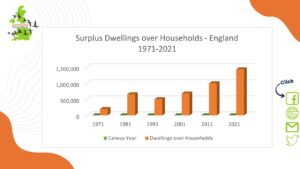
Graphic: Community Planning Alliance
Community Confusion!
Communities are confused by the commentary from politicians and others in relation to land use. The assertion that there is a backlog of 4.3 million homes is typical, yet the facts do not bear out misleading statements such as this. Political rhetoric repeats these fictional assertions, yet as the following infographic shows, there is not only a surplus of market homes, brownfield is not being prioritised, homes are allowed to remain empty, despite over 1.2m people on the housing waiting list and developers are allowed to hold on to land with planning permissions without building the approved developments.
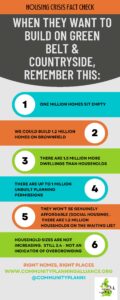
Graphic: Community Planning Alliance
We need more facts and honesty in the housing debate, instead of pandering to the developer lobbyists who make huge profits building what they want but not what we need!

